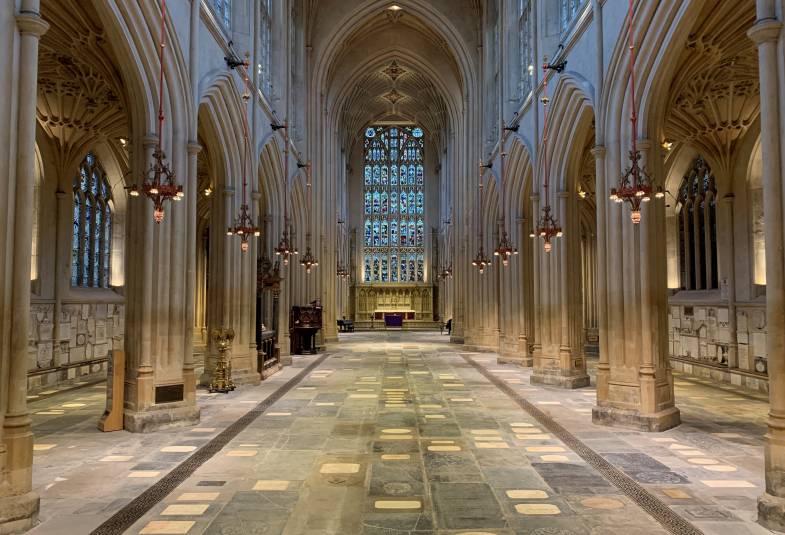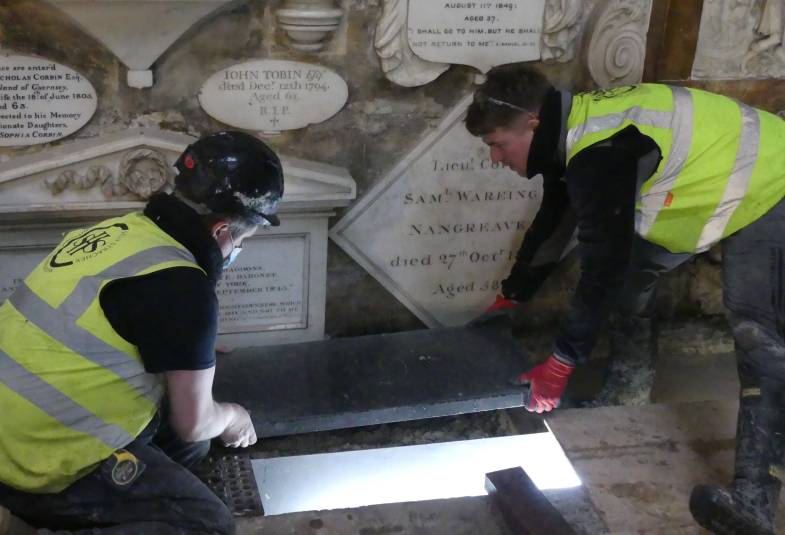
The ancient spa town, known in Latin as Aqua Sulis, has long been renowned for its hot water springs. The same drains which once channelled the hot water in the time of the Romans is now being used for the city’s first eco-heating system.
The drain usually funnels 1.1 million litres of water, naturally maintained at 40 degrees, beneath neighbouring York Street.
Ten custom-built heat exchangers had to be installed beneath the ground – a challenge for firms working on the project due to the heat of the water allowing for only bursts of 20-minutes of work.
With such quantities of hot water available it is set to heat the Abbey and the adjacent Georgian-era Kingston Buildings.
The innovative project replaces Victorian gas boilers a nd was constructed as part of Bath Abbey’s Footprint scheme which will look towards a net-zero carbon future.

“We’re very grateful to everyone involved in making this eco-friendly dream a reality,” Rector of Bath Abbey, Canon Guy Bridgewater explained.
He added: “Previously the Abbey heating system, which dates to the Victorian era, was energy inefficient and expensive to maintain; but now instead we’re able to harness this previously unused natural resource.
“One of the Abbey’s guiding purposes is to help treasure, sustain and renew God’s creation; and I rejoice that by working together with the many funding, design and engineering partners involved in our Footprint project, we can wonderfully reduce our carbon footprint and become more responsible stewards of the planet’s resources.”
The Footprint scheme is a £19.3 million set of works which includes conservation, enhanced visitor facilities, and thirty-year-old lights are being reworked to use a new LED lighting system.
The Church of England is committed to reaching carbon net-zero by 2030. A recent survey has shown five percent of churches are already net-zero.
More information:
- The Church of England has set 2030 as a target for carbon net-zero.
- Many churches and cathedrals have taken innovative approaches to reduce their carbon footprint. Including using solar panels.
- A detailed explanation of the net-zero carbon ambition was published in 2020.